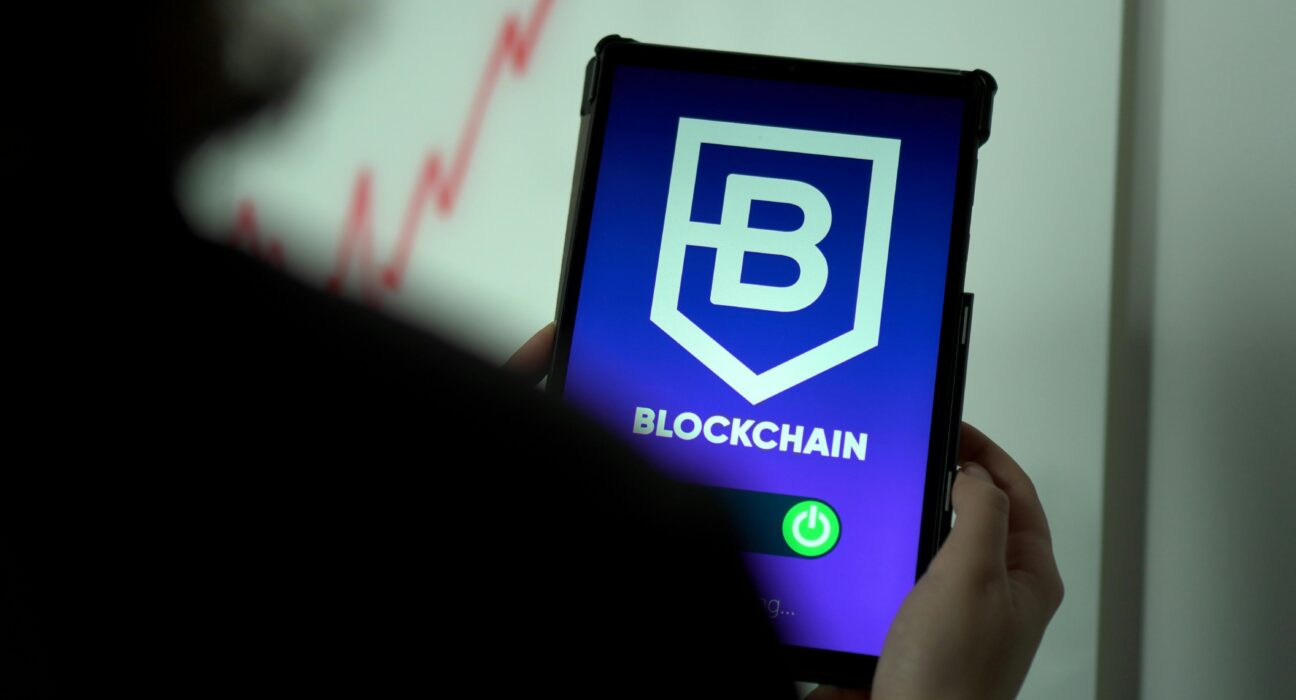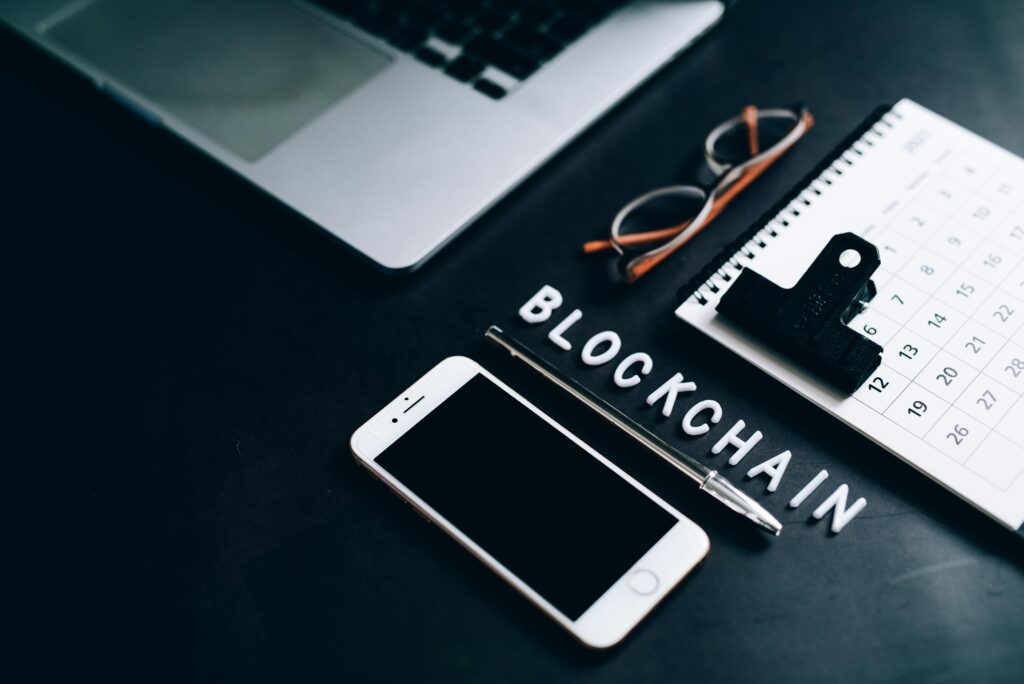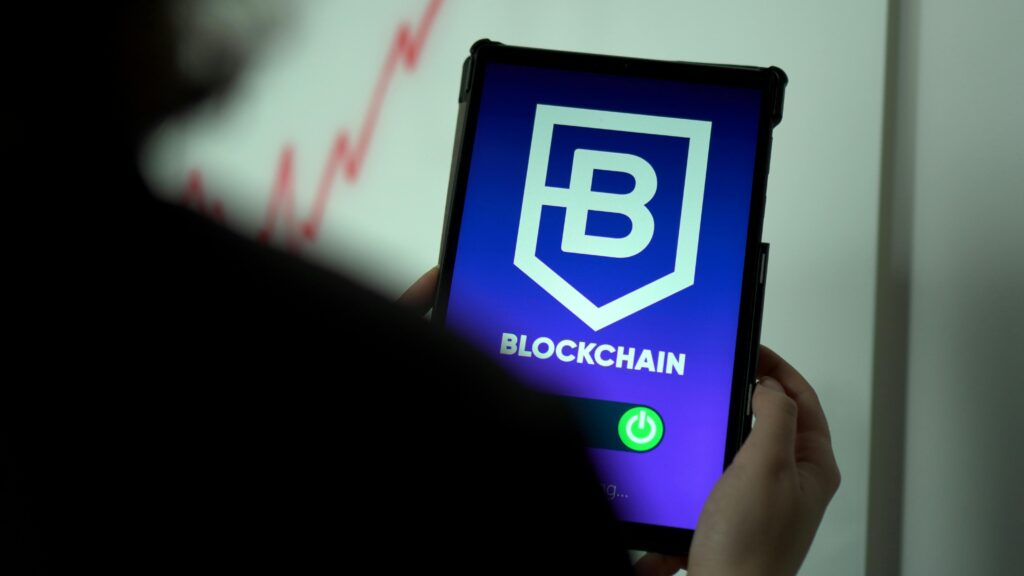3 Essential Blockchain Security Measures You Must Know

Introduction
Blockchain technology has revolutionized various industries by introducing a secure and transparent way to store and manage data. Underpinning this revolution is a robust security framework that safeguards the integrity and immutability of information stored on a blockchain. However, even the most secure systems are susceptible to vulnerabilities. This article dives into the realm of blockchain security, exploring three essential measures that users and developers must implement to ensure the safety of their digital assets.
Understanding the Blockchain Security Landscape
Blockchain security is multifaceted, encompassing a range of mechanisms that work in tandem to protect data from unauthorized access, modification, and theft. The core principle lies in the distributed nature of blockchains. Data is not stored on a single server but rather replicated across a network of computers (nodes). Each node maintains a copy of the blockchain ledger, making it incredibly difficult to tamper with data without detection by the entire network.
Here’s a breakdown of the fundamental security features of blockchain technology:
Cryptography: Blockchain systems leverage cryptography to ensure data confidentiality and integrity. Cryptographic hashing algorithms transform data into unique, fixed-length strings, making it virtually impossible to alter the data without altering the hash. Additionally, digital signatures are employed for authentication purposes, verifying the origin and legitimacy of transactions.
Consensus Mechanisms: Blockchains rely on consensus mechanisms to ensure agreement among network participants on the validity of transactions and the current state of the ledger. Popular consensus mechanisms include Proof of Work (PoW), Proof of Stake (PoS), and Byzantine Fault Tolerance (BFT). These mechanisms incentivize honest behavior and prevent malicious actors from manipulating the network.
Immutability: Once data is added to a blockchain, it becomes incredibly difficult, if not impossible, to alter it. Transactions are cryptographically linked together in a chain, and any modification to a previous block would require altering all subsequent blocks, a computationally infeasible task on a secure blockchain.
While these features provide a strong foundation for security, it’s crucial to recognize that blockchains are not infallible. Security vulnerabilities can arise from various factors, including:
Smart Contract Vulnerabilities: Smart contracts are self-executing programs deployed on blockchains. Code flaws or bugs within smart contracts can be exploited by attackers to steal funds or disrupt network operations.
Phishing Attacks: Social engineering tactics like phishing emails or websites can trick users into revealing their private keys or seed phrases, granting attackers access to their digital assets.
51% Attack: In a 51% attack, a malicious actor gains control over a majority of the computing power on a blockchain network. This enables them to potentially manipulate transaction history and double-spend digital assets.
3 Essential Blockchain Security Measures
To ensure the safety of your digital assets on a blockchain, here are three essential security measures to consider:
Secure Key Management:
Private Keys and Seed Phrases: Private keys and seed phrases are critical for accessing and managing your blockchain assets. Guard them like gold: Your credentials are the keys to your accounts. Keep them safe and secure at all costs! Never share them with anyone, and avoid storing them on internet-connected devices. Consider using hardware wallets for secure offline storage.
Strong Passwords: Implement strong and unique passwords for all blockchain accounts and wallets. Ditch the password struggle! Password managers create and remember strong passwords for you, keeping your accounts ultra-secure.
Share the responsibility, and secure your crypto: Multi-signature wallets require multiple approvals for transactions, adding an extra layer of security for your digital assets. This adds an extra layer of security, as unauthorized access would require compromising multiple keys.

Smart Contract Security:
Code Audits: Before interacting with a smart contract, especially one involving significant funds, it’s crucial to have the code audited by reputable security experts. This helps identify potential vulnerabilities that attackers could exploit.
Verified Contracts: Whenever possible, utilize smart contracts developed by established teams with a proven track record of security. Look for contracts that have undergone rigorous audits and have been widely adopted by the community.
Understand the Contract: Before interacting with a smart contract, take the time to understand its functionality and potential risks. Read the documentation carefully and avoid using contracts with complex logic that you don’t fully comprehend.
Staying Vigilant:
Phishing Awareness: Be cautious of emails, websites, or social media messages claiming to be from blockchain platforms or services. Never click on suspicious links or enter your private keys or seed phrases on untrusted websites.
Regular Updates: Ensure you are using the latest versions of blockchain software and wallets. Stay patched, stay safe! Software updates frequently include fixes for recently found security weaknesses. Download and install them promptly to shield yourself from cyber threats.
Monitor Transactions: Keep an eye on your blockchain transactions. Utilize block explorers or wallet notification features to stay informed about any unauthorized activity on your accounts.
Conclusion
Blockchain technology offers a powerful and secure way to manage digital assets. However, it’s vital to understand the inherent risks and implement robust security measures. By prioritizing secure key management, exercising caution with smart contracts, and maintaining constant vigilance, users can significantly enhance the security of their blockchain assets. The game keeps changing: As technology races forward, so must our cybersecurity strategies. Stay ahead of the curve by learning about the latest security best practices. Staying informed and adapting security protocols accordingly is paramount for navigating the ever-changing landscape of blockchain security.









